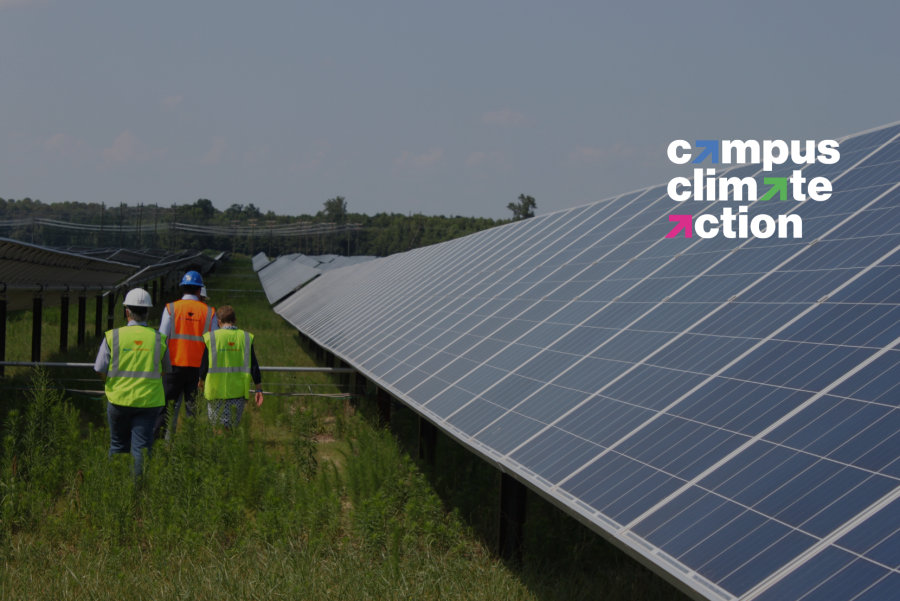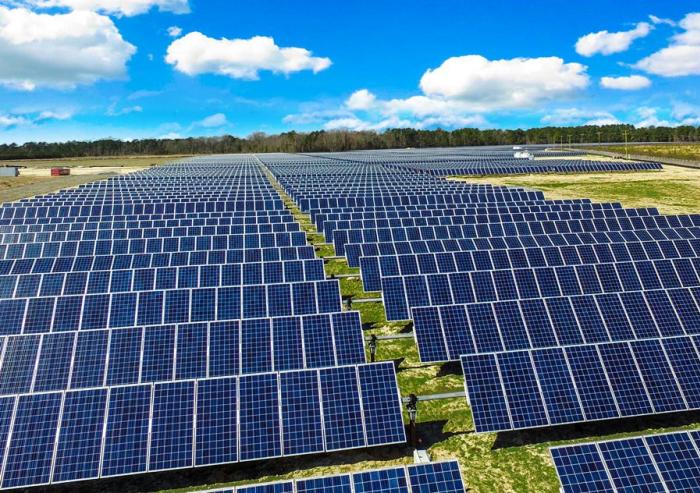
Net zero by 2026

Net Zero by 2026 initiatives
To advance toward the 2026 milestone, MIT works with partners on campus and at the city, state, and national levels. Initiatives advancing MIT toward its net zero goal includes:
- MIT launched the Consortium for Climate Solutions with several Boston-area non-profit organizations to increase and accelerate the impact of renewable energy projects by serving as an aggregated buyers’ group for renewable energy and carbon credit projects. The Consortium, which now includes 11 members, aims to accelerate global emissions reductions by enabling large-scale, renewable energy projects via multiple power purchase agreements and other types of large-scale carbon offset project opportunities.
- Establishment of 25-year power purchase agreement (PPA) that adds carbon-free energy to the grid by generating 146 gigawatt-hours of emissions-free power per year, eliminating approximately 119,500 metric tons of carbon dioxide emissions. The PPA enabled the construction of a roughly 650-acre, 60-megawatt solar farm on farmland in North Carolina. Called Summit Farms, the facility is the largest renewable-energy project ever built in the U.S. through an alliance of diverse buyers. In 2023, through the purchase of 54,795 megawatt hours of solar power from Summit Farms, MIT offset 15,733 MTCO2e from on-campus operations.
- An agreement through the Solar Massachusetts Renewable Target (SMART ) program that supports the Commonwealth of Massachusetts’ state solar power development goals by enabling the construction of a new 5-megawatt solar energy facility on Cape Cod.
- Increasing the capacity of renewable energy installations on campus by a minimum of 400 percent. New installations span the Camrbidge campus and are slated for Buildings NW35, W34, W35, 62, and 64.
- Alignment with the City of Cambridge’s updated Building Energy Use Disclosure Ordinance (BEUDO) which requires large, non-residential buildings in Cambridge to meet net zero requirements by 2035. As MIT works toward its net zero goal, the ordinance provides an opportunity for partnership and exploration of ideas with the city.
MIT continues to explore opportunities to actively green the grid in addition to those listed above to reach its 2026 goal.



